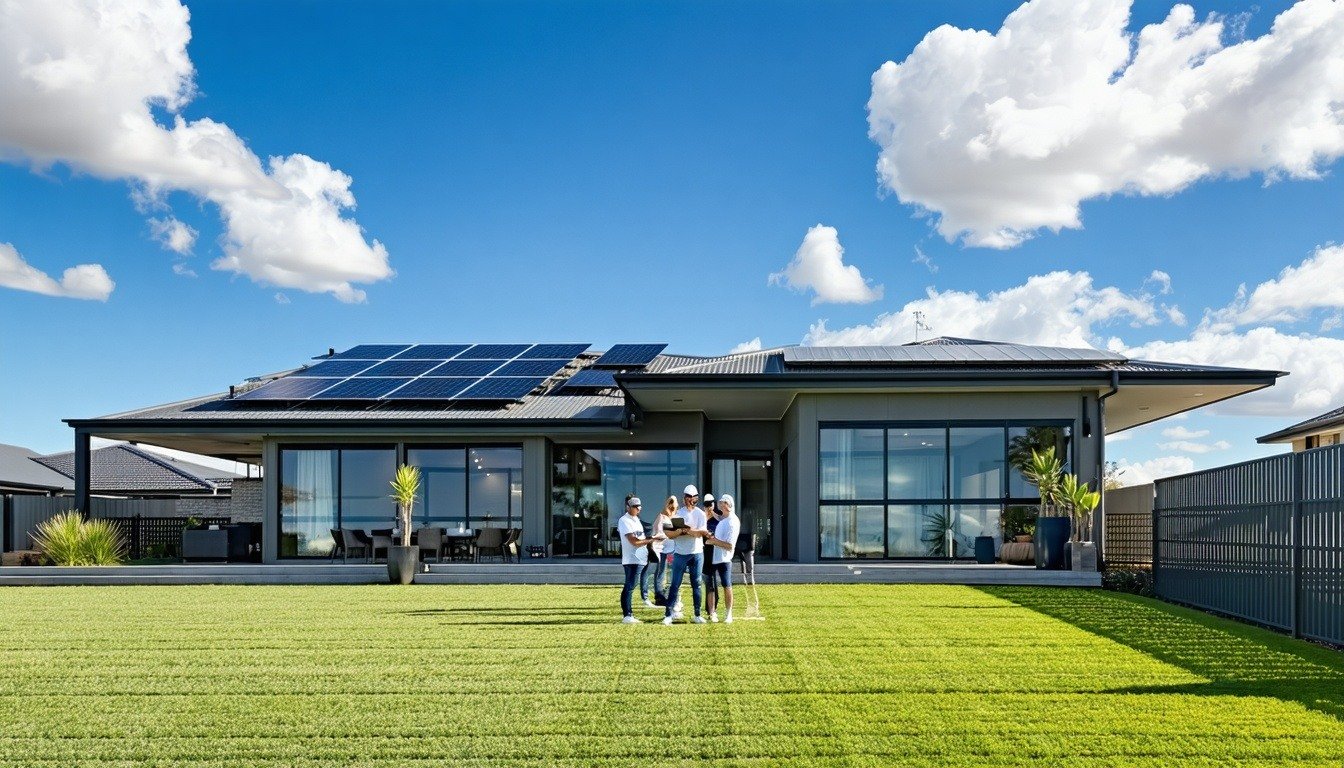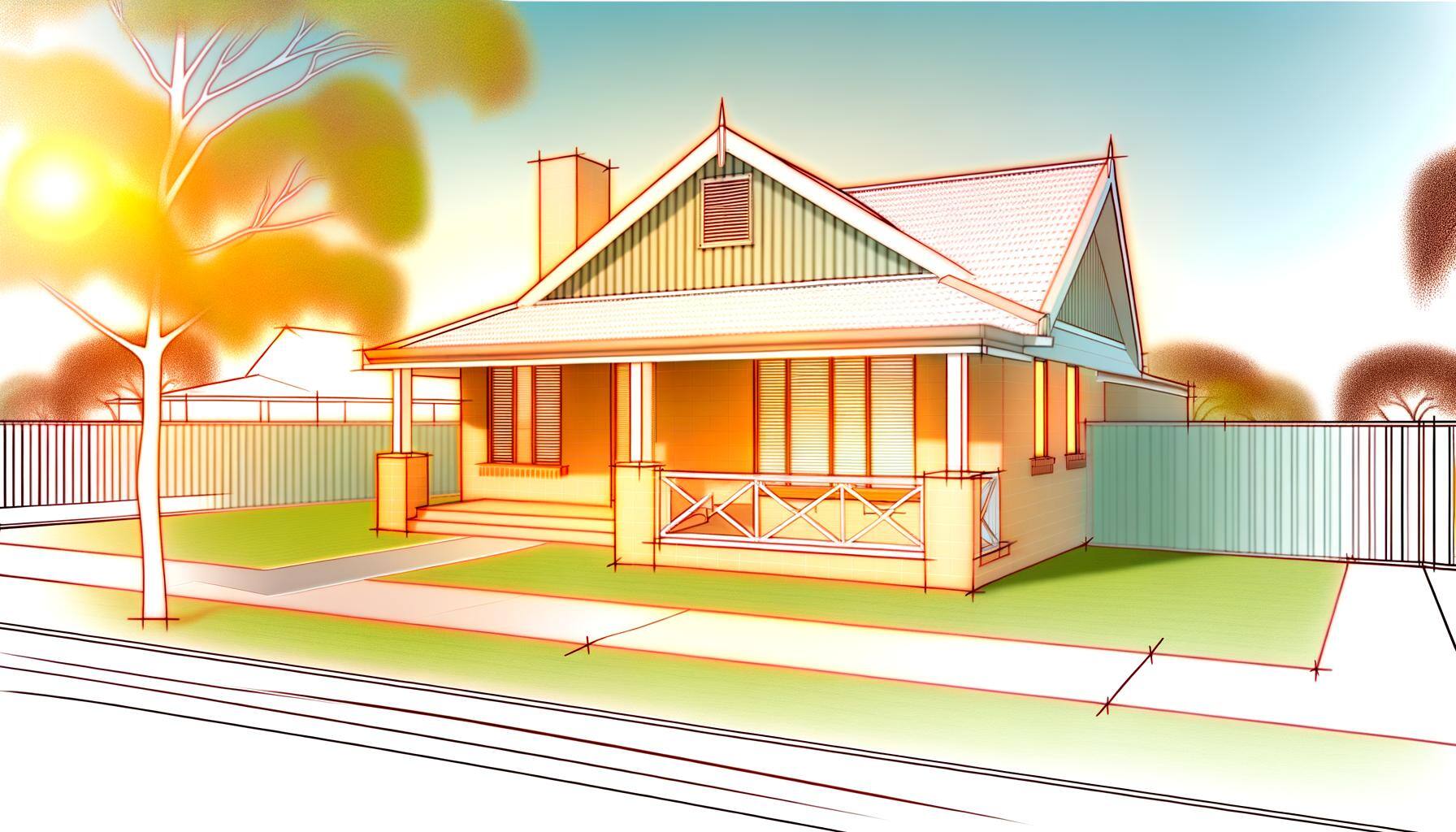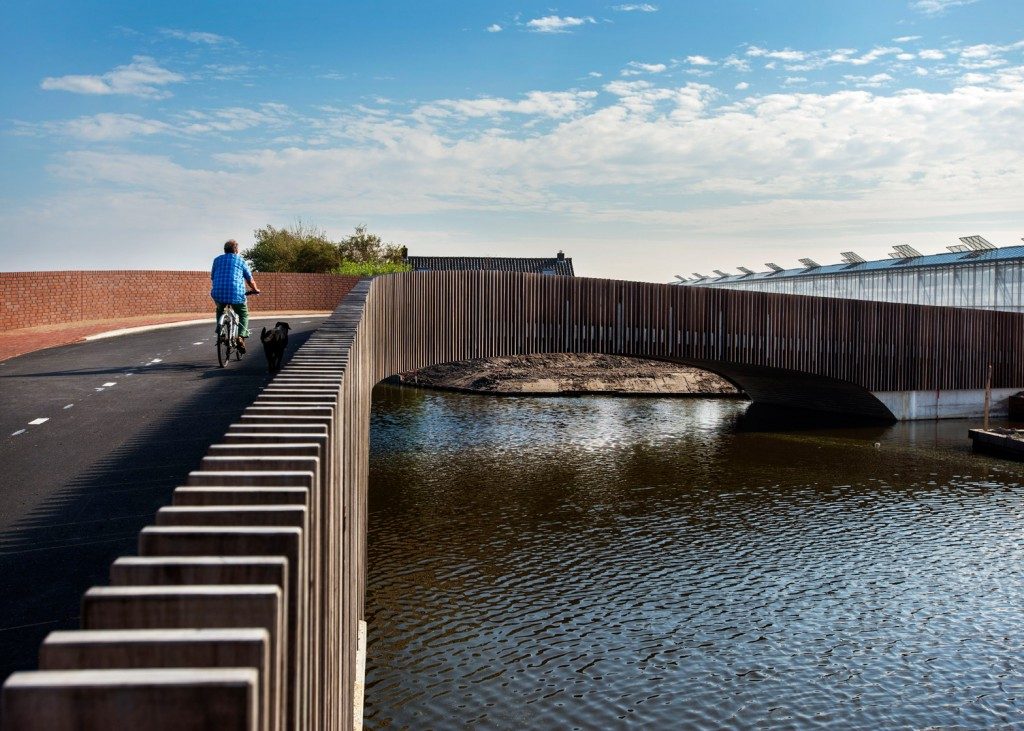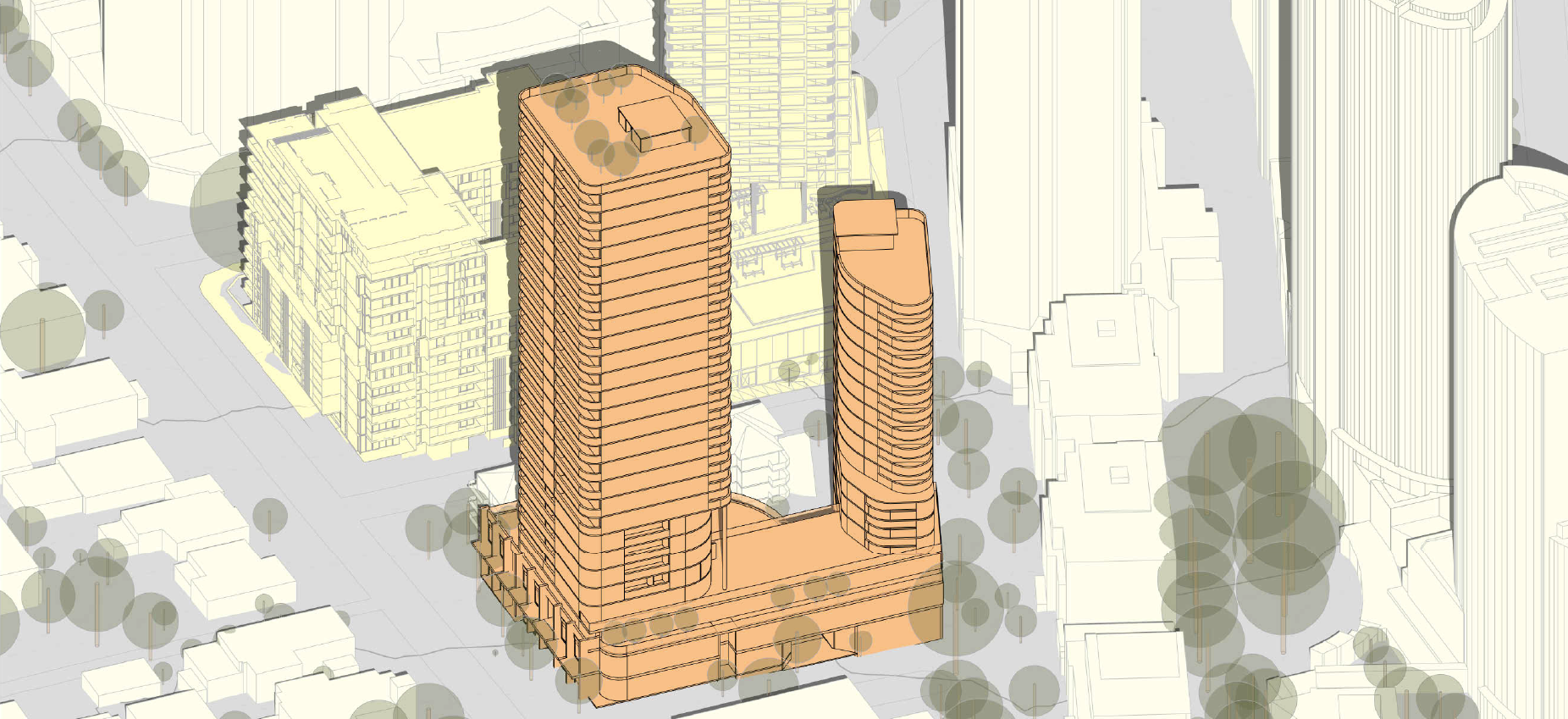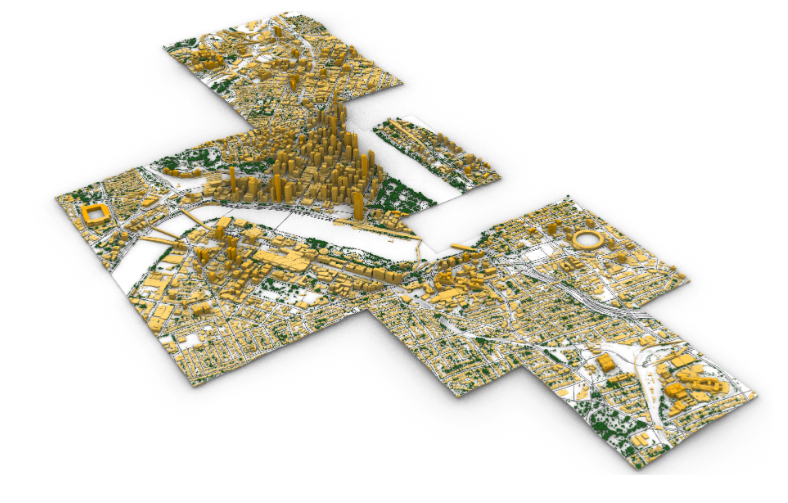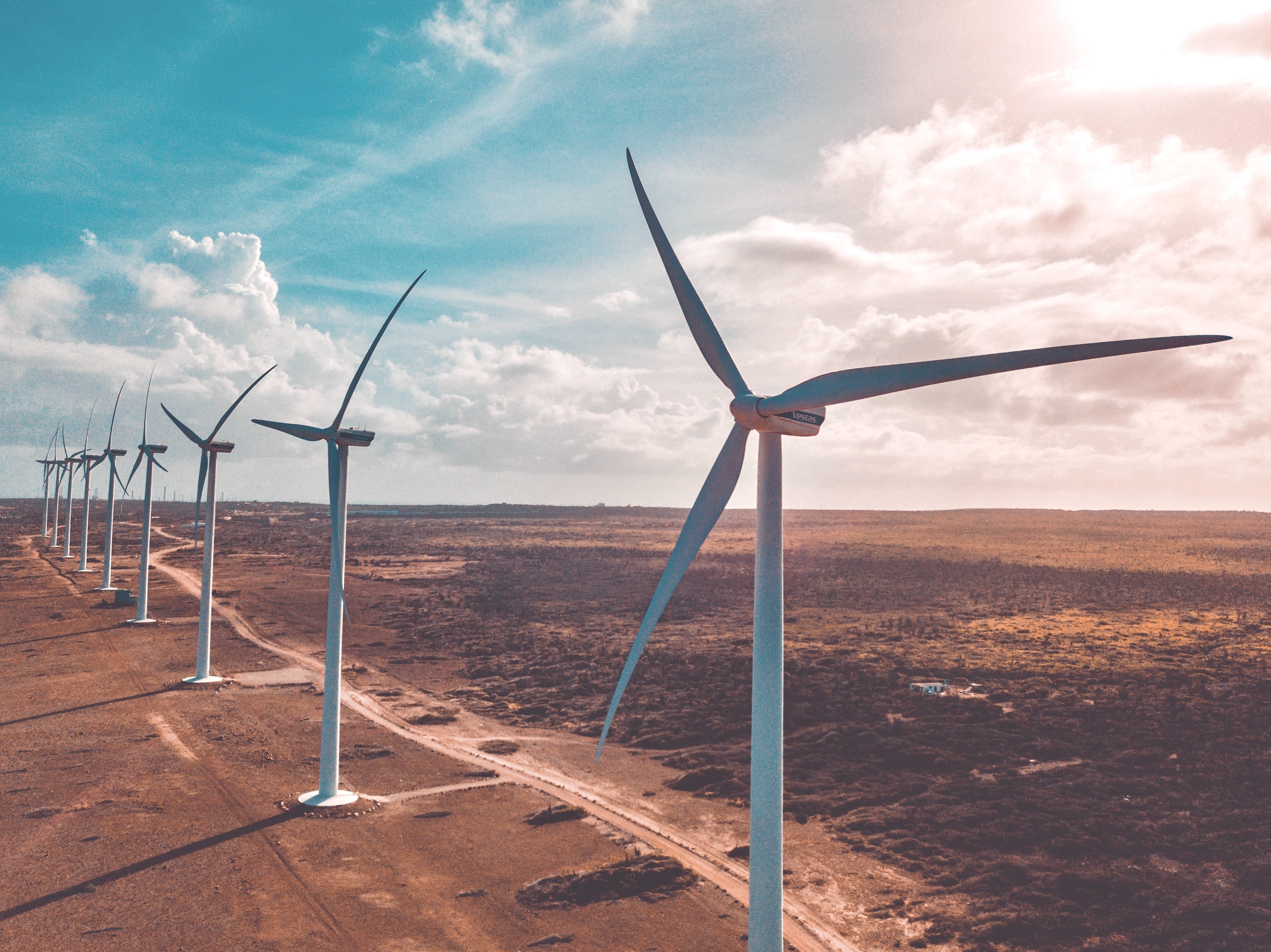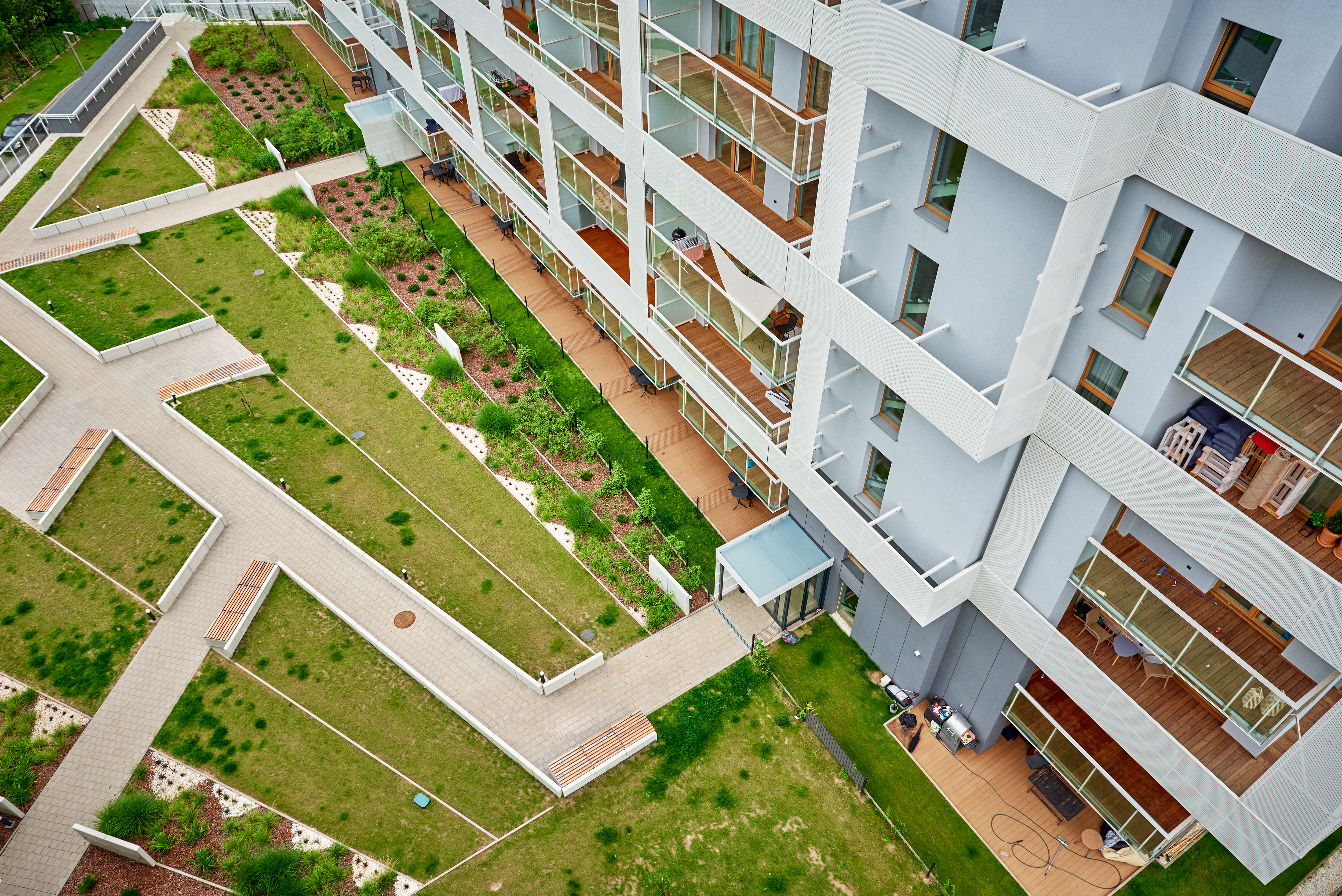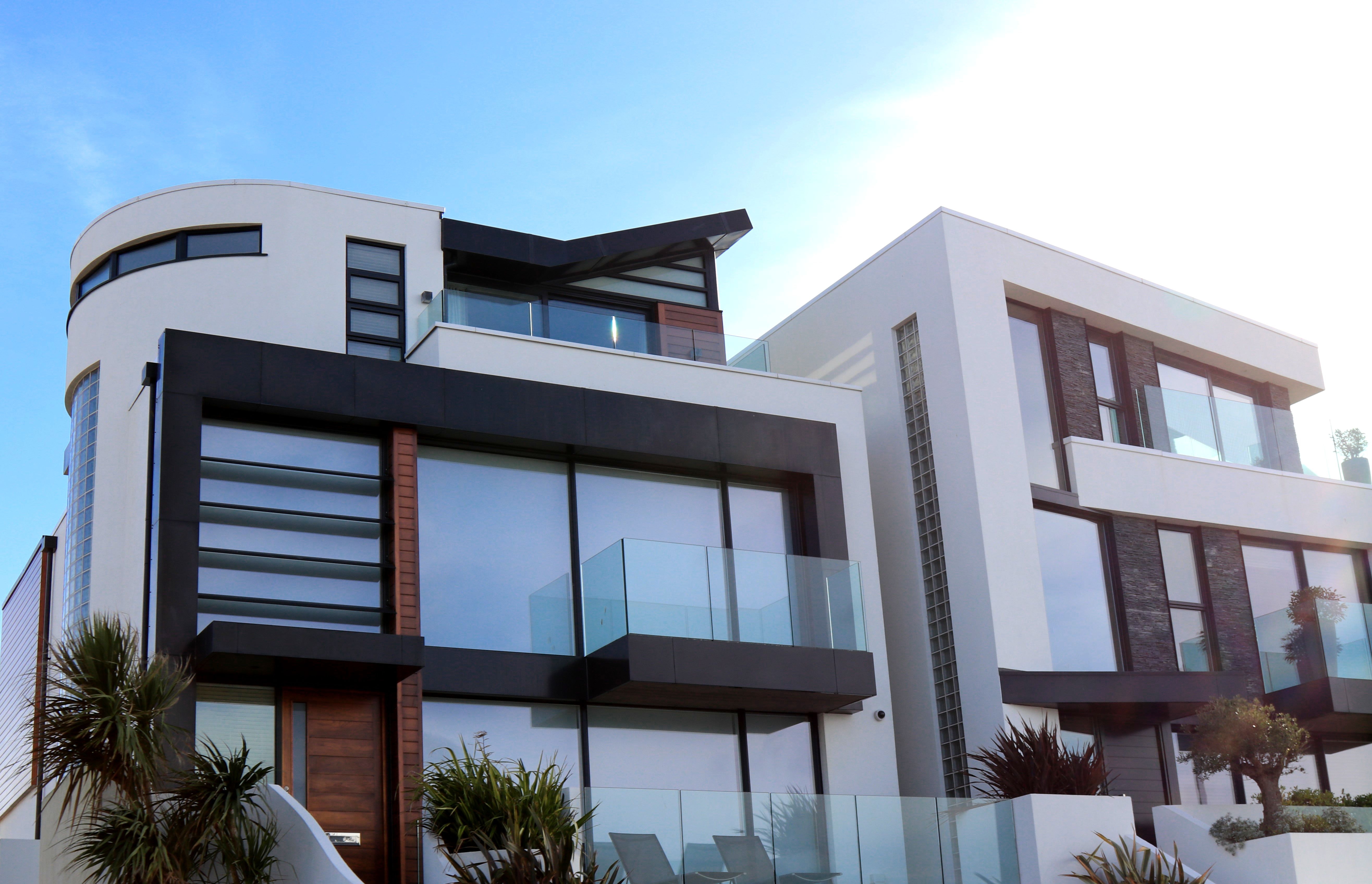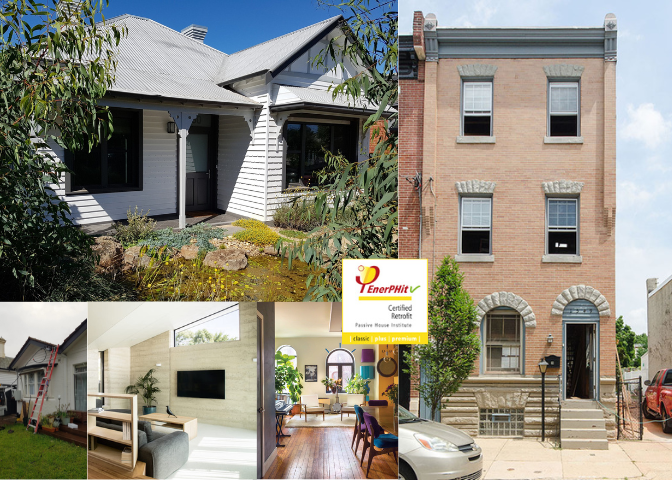FOR IMMEDIATE RELEASE
3 min read
Announcing our Participation in the NatHERS for Existing Homes Trial
By Jamie Bonnefin on Mar 11, 2025 2:27:26 PM
Topics: ESD NatHERS Energy Efficiency Energy Assessment 7 Star Homes Announcement
3 min read
Introducing: NatHERS for Existing Homes
By Jamie Bonnefin on Aug 20, 2024 4:31:01 PM
NatHERS (Nationwide House Energy Rating Scheme) is now seeking consultation to include energy performance ratings for existing homes ahead of the launch in mid-2025. The recent updates to NatHERS will be leveraged to measure the home’s energy performance, providing ratings based on the home’s design, materials, constructions, fixed appliances, on-site energy generation and storage.
Topics: ESD NatHERS Star Rating Sustainability Energy Residential news
2 min read
Visualising the Impact of Climate Change on Landscapes
By Jamie Bonnefin on Apr 20, 2023 11:47:03 AM
Viewshed diagrams are a powerful tool for visualising the potential impact of climate change on landscapes and informing adaptation strategies. These diagrams depict the areas visible from a particular vantage point and provide valuable information about the surrounding landscape, including land use, topography, and vegetation cover. They are widely used in landscape planning, environmental impact assessments, and natural resource management.
Topics: ESD Sustainability Energy Climate Green Star Rating viewshed
2 min read
Emerging Technologies of Visual Impact Assessments
By Jamie Bonnefin on Apr 20, 2023 11:46:28 AM
Visual Impact Assessments (VIA) are an essential process used to evaluate the potential environmental impact of proposed projects on the surrounding community. These assessments help identify potential negative effects on the environment, wildlife, and people.
Topics: ESD Emerging Materials Sustainability Energy Climate visual impact assessment
3 min read
VIAs and Integration with Other Assessments
By Jamie Bonnefin on Apr 20, 2023 11:45:17 AM
Visual Impact Assessments (VIA) are an essential component of environmental assessments and are used to evaluate the potential visual impact of proposed projects on the surrounding environment and community. However, VIAs alone are not enough to fully evaluate the potential environmental impact of a project. That's why the integration of VIAs with other environmental assessments is crucial to ensuring a comprehensive evaluation of a project's potential impact.
Topics: ESD Architecture Climate Alterations & Additions viewshed visual impact assessment
4 min read
The Impact of Wind Turbines on ViewShed Diagrams
By Jamie Bonnefin on Apr 20, 2023 11:43:45 AM
The sustainable energy alternative, Wind Turbines, are often used in areas of wide open space to generate large amounts of electricity.
Topics: ESD Architecture Sustainability viewshed visual impact assessment wind turbines
4 min read
Passive Commercial Projects - A trend for a greener future
By Jamie Bonnefin on Feb 28, 2023 9:35:06 AM
What is a Passive House?
Topics: ESD Architecture Sustainability Passive House Commercial
3 min read
Section J vs. JV3 - When to use Which Compliance Method
By Jamie Bonnefin on Feb 28, 2023 9:32:04 AM
What’s the difference between a Section J and JV3?
Topics: ESD Section J Architecture Sustainability JV3 Commercial
2 min read
How to Manage Rising Building Costs for new builds and renovations
By Jamie Bonnefin on Feb 21, 2023 3:39:43 PM
Why Are Building Costs Rising?
Topics: ESD Glazing Architecture Sustainability Changes Energy Efficiency Insulation Green Star Rating Residential Alterations & Additions
6 min read
Passive House Retrofit
By Jamie Bonnefin on Feb 6, 2023 12:47:37 PM
What is a Passive House Retrofit?
Passive House retrofit is the process of upgrading an existing building to meet the Passive House standard. This typically involves improving the building's insulation, airtightness, and windows, and ensuring that the building has a good thermal envelope. A retrofitted Passive House should consume much less energy for heating and cooling and provide a comfortable indoor environment with good air quality.
Retrofitting an existing building to Passive House standards can be challenging and may require significant work and investment. However, the benefits of a retrofitted Passive House can be substantial, including significant energy savings, reduced carbon emissions, and improved indoor comfort.
Retrofitting a building to Passive House standards usually begins with an energy assessment to identify the building's current energy consumption and areas for improvement. Then, an energy-efficient design is developed, taking into account the specific conditions of the building, such as
its orientation, size, and existing materials. The retrofit work is then carried out, including adding insulation, sealing air leaks, and upgrading the building's windows. Finally, the retrofitted building is tested to ensure that it meets the Passive House standard.
And in return, when a retrofit achieves Passive House standards, the home is certified as EnerPHit for certified retrofits.



